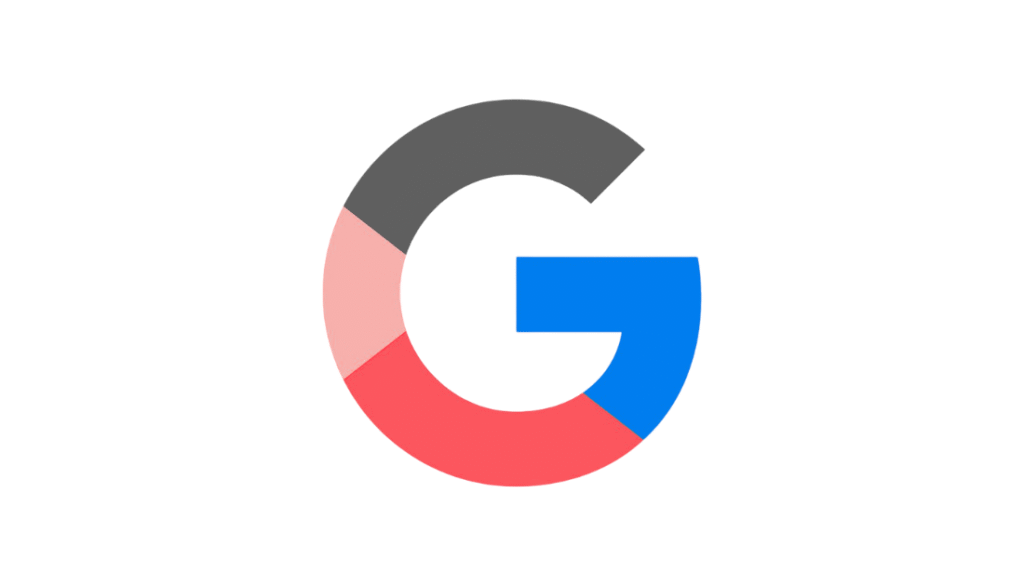Google is experimenting with a notable redesign of its Search homepage, replacing the long-standing “I’m Feeling Lucky” button with a new option labeled “AI Mode.”
Highlights
The experimental feature, currently available to some users through Google’s Labs platform, hints at a broader strategic direction that emphasizes generative AI integration into search.
This development precedes Google’s annual developer event, Google I/O, where further AI-related announcements are anticipated.
The introduction of “AI Mode” aligns with the company’s recent rollout of AI-powered search enhancements.
This includes generative responses and contextual suggestions, combining traditional keyword-based queries with more conversational outputs. While Google has acknowledged the ongoing test, it has not indicated when or if the feature will be rolled out more broadly.
Evolving the Homepage Experience
Google has historically made only incremental changes to its minimalist homepage. The potential replacement of “I’m Feeling Lucky”—a button that has been part of the interface since Google’s early days—marks a significant departure.
In various tests, the new “AI Mode” appears either beneath the search bar or integrated within it. Some versions also feature a rotating rainbow border, designed to attract user attention to the new feature.
AI Mode Functionality and Technology
Powered by Google’s Gemini 2.0 model, AI Mode introduces more advanced query handling. It employs a method called “query fan-out,” in which a user’s question is broken into sub-queries and distributed across multiple data sources.
The collected results are then synthesized into a single, coherent response. This technique aims to improve both the depth and clarity of information provided to users.
AI Mode supports multimodal capabilities, enabling it to interpret and generate responses from text, voice, and image inputs. This allows users to interact in a manner that best suits their needs and preferences.
Integration with Google’s Broader Ecosystem
In addition to AI-driven responses, AI Mode is designed to work in tandem with Google’s broader information systems.
It draws from the Knowledge Graph and incorporates real-time data on a wide range of topics, including products and services. This integration ensures that the results remain timely, accurate, and contextually relevant.
Users can access AI Mode by visiting google.com/aimode, entering a query, and selecting the AI Mode option. The feature is also being tested in the Google app on supported devices, further extending its reach.
Context and Competition
The timing of this experiment reflects broader changes in the search and AI ecosystem. Recent court testimony from an Apple executive indicated that Google search queries via Safari have declined—a shift linked to the increasing popularity of AI-powered tools such as OpenAI’s ChatGPT.
These tools provide conversational, task-specific outputs that differ significantly from traditional web search results.
In this context, AI Mode may represent Google’s response to evolving user behaviors and expectations. The company appears to be exploring new ways to retain engagement and redefine what a search experience can offer in an era shaped by generative AI.
While AI Mode remains in testing and its long-term implementation is still uncertain, its presence on one of the most widely used web platforms suggests a potential transformation in how users interact with search.


